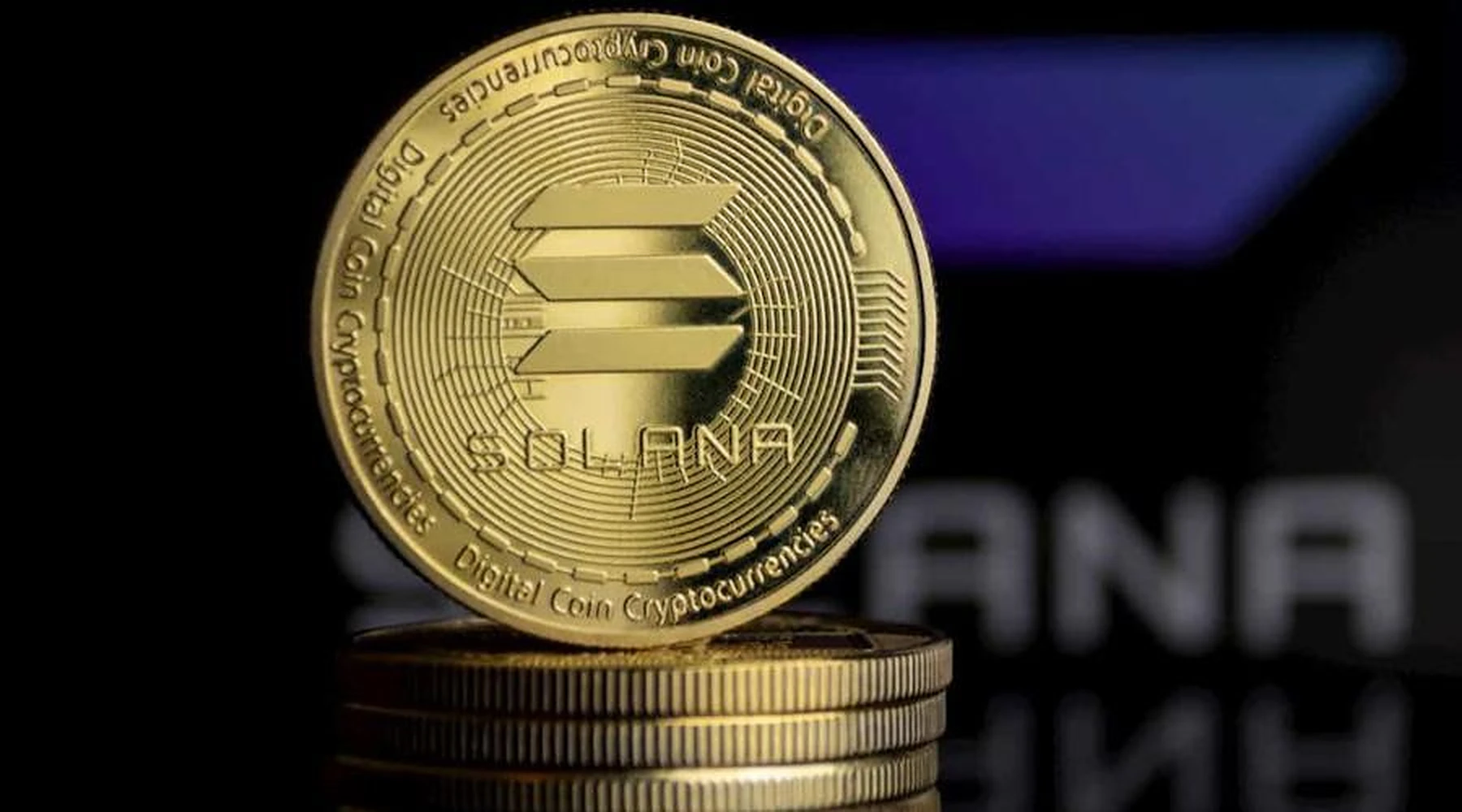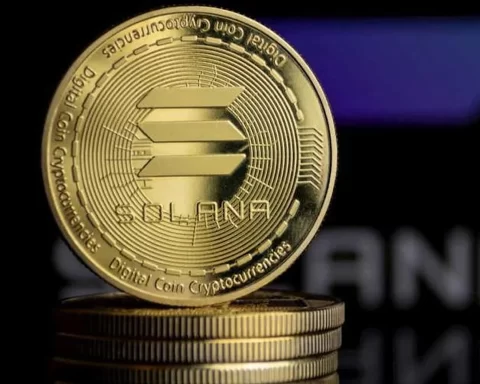In a jaw-dropping turn of events within the Solana ecosystem, a maximum extractable value (MEV) bot, under the management of an entity known as 2fast, astoundingly amassed a staggering $1.7 million in profits from a single, eyebrow-raising trade involving the memecoin Dogwifhat (WIF).
This peculiar transaction unfolded when a trader decided to acquire $9 million worth of WIF in the “most inefficient way possible.”
The MEV bot’s ingenious maneuver commenced by exchanging 703 Solana (SOL) tokens for a substantial 490,000 WIF tokens.
In a twist of fate, it further transformed this identical amount of WIF into a remarkable 19,035 SOL tokens within the same transaction bundle. As per Solscan data, this strategic move culminated in a jaw-dropping profit of $1.73 million.
MEV bots, automated algorithms programmed to scour blockchain networks for lucrative trading opportunities, executed this awe-inspiring feat. They identify promising opportunities and execute orders automatically to maximize gains.
The MEV bot harnessed a cutting-edge tool developed by Jito Labs, the developmental wing of Solana’s liquid staking protocol, Jito.
Functioning much like flashbots on Ethereum, this tool empowers bots to seek out maximum extractable value and submit bids for inclusion in transaction bundles.
READ MORE: CFTC Issues Recommendations to Mitigate DeFi Risks in U.S. Financial Markets
This remarkable arbitrage opportunity unfolded after a monumental $8.9 million purchase of WIF by a lone trader known as zeroxtrading.sol.
The colossal bid was placed in a low-liquidity pool, resulting in the order being fulfilled at an astonishing rate of approximately $3 per WIF token – a whopping 1,400% higher than its prevailing market value at the time.
Regrettably, the immediate aftermath of this transaction witnessed the trader’s funds plummeting by a staggering 92%.
On January 11, a pseudonymous developer going by the name Pland disclosed on X (formerly Twitter) that the MEV bot implemented a relatively straightforward backrunning strategy.
This tactic enabled the bot to capitalize on the trader’s inefficient execution of the WIF order without disrupting the initial trade.
It’s important to note that backrunning is generally perceived as less harmful to blockchain networks compared to the more malicious “sandwich” attacks, which manipulate order pricing to the detriment of users.
In the wake of this extraordinary transaction, the price of WIF briefly soared to as high as $4. While the trader experienced substantial losses due to the misguided order, this eye-catching event prompted enthusiastic traders to once again invest in WIF.
Consequently, the memecoin surged by an impressive 50% from the point immediately following the dramatic drop.
Discover the Crypto Intelligence Blockchain Council




